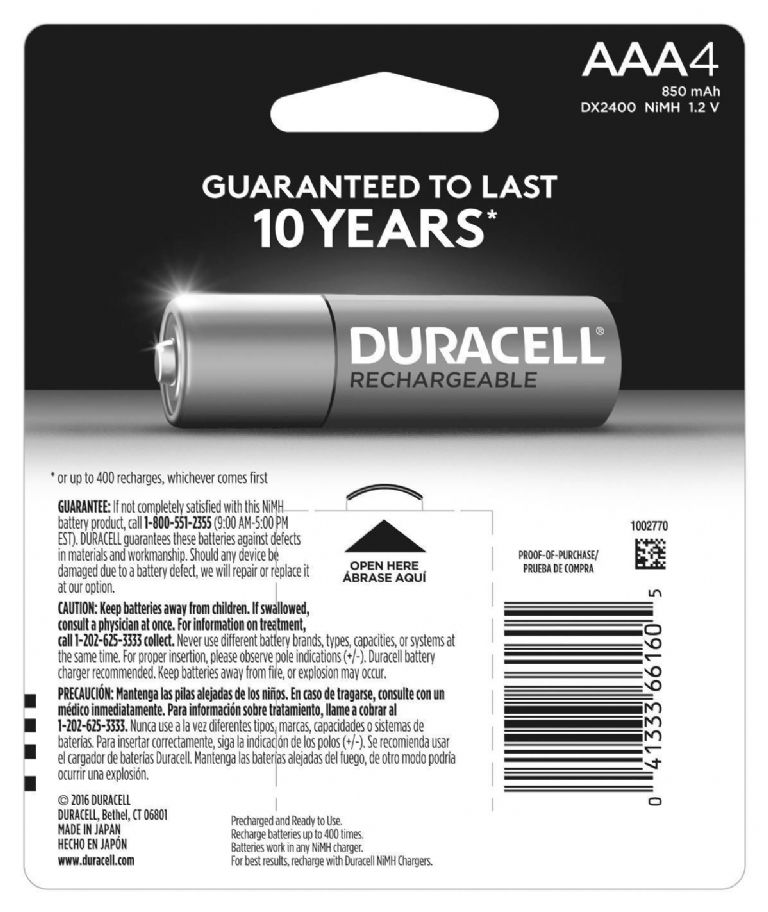Here's my contribution.
I have a Lidl Digital Caliper to which I've added remote wiring. Although I cracked the display by dropping and standing on it, it works OK on a SR44 and I had it working OK when powered by an Arduino.
Today I connected a 1k potentiometer across a linear power supply set to 15Vdc (15mA load), and adjusted the slider to an output of 1.5V, that could be adjusted finely up or down to see the effect of voltage changes on the Caliper.
Immediately obvious that my caliper does not care for a noisy power supply! With an oscilloscope I could see about 12mV of noise on 1.5V (0.8%), and this probably made setting the voltage more critical. Display numbers changed partly due to the supply itself, partly because my long lead lash-up wiring.
My caliper fails absolutely below 1.48V and was reliable only above 1.51V. The SR44 cell produces 1.55V, and this voltage appears to be critical : a drop of 0.05V is enough to upset this caliper, at least with my noisy supply. I took it up to 1.65V with no ill-effects.
This caliper draws a constant 6 micro-amps whether on or off, or switching between mm and inches. It doesn't draw more current when the slide is moved, but pressing the Zero button takes 15 micro-amps.
Real batteries: Duracell Plus Power AAA and Energizer AA both nominally 1.5V but actually 1.64V out of the packet. Just changed the Duracells in my TV remote, they're down to 1.08V.
Conclusions.
The caliper is VERY sensitive to low voltages AND it dislikes noise.
My caliper worked with an Arduino (linear stabilised PSU) and short wires but long straggling wires and a noisy PSU upset it.
I'd be confident a digital caliper would be OK on a new AAA, but watch out – Alkaline batteries tend to lose voltage very quickly when used. SR44 stay at their out-of-the-box voltage for a long time and then drop suddenly. When an AAA drops too low to work a caliper, it will still be almost fully charged and fine for other work – don't throw it away! I don't know how long an AAA would last compared with an SR44 – although the big battery has far more current capacity, SR44 are better at keeping volts steady. Someone needs to try it!
Dave
Edited By SillyOldDuffer on 30/03/2020 17:35:05
 Michael Gilligan.
Michael Gilligan.




